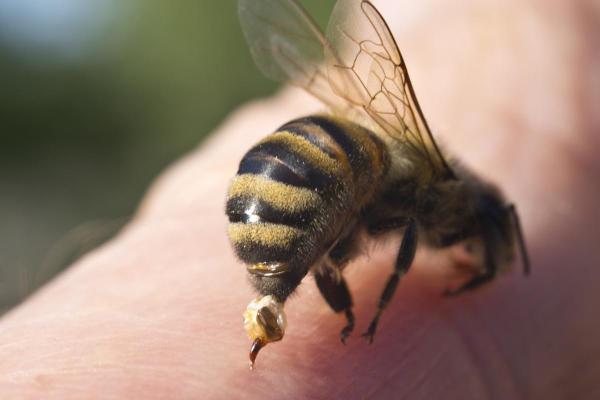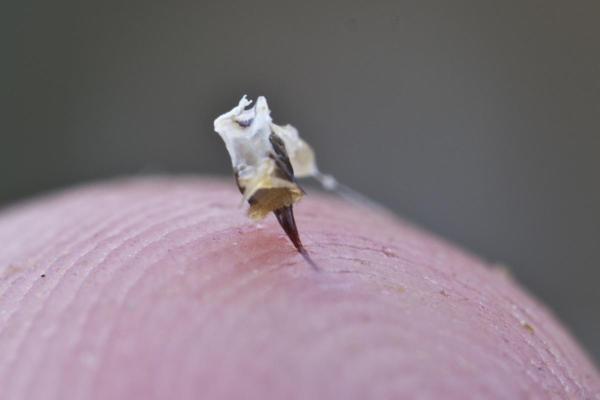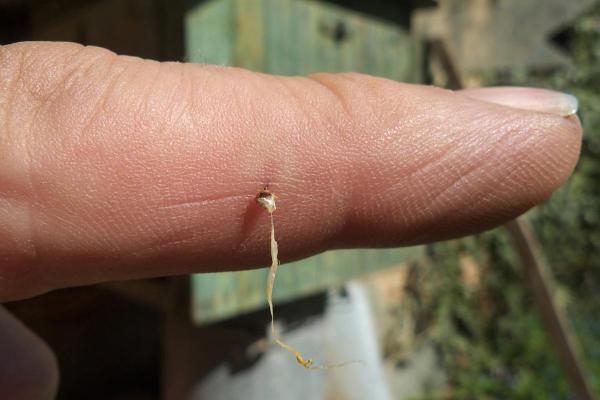
Bees tend to be either lauded or feared. They not only provide delicious honey, their ability to pollinate various plants essentially means we are able to continue living on this planet. While the concept of bees may be widely supported, individual bees can make people run for cover. This is thanks to their ability to sting, something not all insects possess. When people have allergic reactions, this can be more than just a phobia. It can be a life threatening instance.
Some people see a little retribution as they have heard that bees die after they have used their stinger. Is this true? thedailyECO separates truth from myth by asking do bees die after stinging someone?
Do all bees sting?
Bees are notorious for their stings. Although the vast majority of bee species sting, there are some that do not. In the latter species, their sting has completely atrophied. They belong to the tribe Meliponini and are known as stingless bees. They only live in tropical or subtropical regions around the world.
An example of these bees is the species Melipona beecheii which is endemic to Yucatan, Mexico. Their cultivation is ancestral, as they have been kept since the Mayan peoples lived in this area. They used them to obtain honey, a product which was considered more noble since they said to chose not to sting people.
Outside of this tribe of bees, all other bees have the ability to sting. This is an ability and behavior that has a very particular function.
Learn more about the survival of bees with our article on whether insects breathe.

Why do bees sting?
Most animals are aggressive when they feel threatened, and bees are no exception. They are social animals that have a complex structure within their colonies. Since their hives remain in one place and animals regularly try to eat their honey, they are understandably highly protective and territorial.
When a honeybee decides to sting it is to protect their space, their young, their colony or themselves. A bee will not attack for no reason, even if it seems that way to humans. Stingless meliponine bees are not helpless. To protect themselves they can bite very hard or release irritating substances, even if they are not as powerful of sting venom.
The bees are always in communication with each other and can detect by their powerful sense of smell when one of them is in danger. They can then respond by approaching the site and attacking the threat. When a bee stings, they are making a decision that will affect their life. It is a sacrifice they make in favor of their community.
Humans often come in contact with bees since bees are attracted to flowers. Humans cultivate flowers at home and in public spaces, so their ecosystems often overlap. Find out more with our article on purple flowering plants for your home and garden.
Do bees die when stinging?
It is true that some bees die when they sting. This is due to the morphology of their stinger. This structure that injects venom is covered by barbs that allow the sting to better grasp the surface being penetrated. In this case, it will be human skin. When the stinger is inserted into the skin, the bee cannot escape as they are permanently attached to the stinger. We can compare this to an animal like the porcupine whose sharp quills can detach easily.
Although the bee cannot pull out the stinger, they will try to leave the scene. With one end inserted into the skin, the other is attached to their abdominal tissue. Essentially, this means their guts. As the bee flees, they leave their insides with the stinger. Although they can live for a short time, they will soon die. This means bee stings are essentially a form of suicide.
Some bees can sting only once and alone, as is the case with the famous European honey bee (Apis mellifera). However, not all bee species are the same. One of the reasons African bees are more dangerous is because an entire swarm can attack with multiple stings when a threat is detected. In fact, most bees can sting multiple times. The reason why we are aware of this phenomenon is that honeybee species are some of the most common and numerous. Bumblebees do not have a barbed stinger and can sting multiple times.

How to avoid a bee sting
The symptoms of a bee sting include localized pain, itching, and reddening of the skin. It can also have more serious effects, as the sting can inoculate venom. The western honey bee (Apis mellifera) injects 50 to 100 micrograms of venom. Among the internal consequences it can have in humans are anaphylactic, toxic and systemic reactions, which can even lead to death.
The severity of the reactions is not the same for all people. Conditions such as age, allergies, sensitivity of the individual, the number of bites that occurred or the time that elapsed before giving treatment influence. Given this aforementioned potential danger, it is always better to avoid bee stings. To do so, follow these tips:
- The first point is not to disturb the bees. As you have seen above, bees don't attack just for the sake of it, especially since doing so involves sacrifice. If the bees are not disturbed, they will not attack. However, certain bee species are known to be more aggressive than others.
- It is also necessary to avoid approaching the hive as they will come to the defense of their young.
- In the presence of bees, sudden movements, bright colors and strong odors that can be interpreted by them as a threat must be avoided. This includes the direct use of insecticides on them, the attempt to capture them, the use of brightly colored clothing or the consumption of highly sugary drinks outdoors.
- The hottest days of the year are when they sting the most, so special care must be taken at such times.
Most cases are not serious and it is only recommended to remove the stinger from the skin. It is not recommended to press the bite or apply alcohol. If it is known that the person who has been stung is allergic to bees, call 911 immediately or go to a hospital so that the necessary treatment can be administered quickly.

If you want to read similar articles to Do Bees Die After Stinging Someone?, we recommend you visit our Facts about animals category.
- Peña, L., Pineda, ME, Hernández, M., & Rodríguez-Acosta, A. (2006). Natural Toxins: Bees and Their Venoms. Venezuelan Archives of Pharmacology and Therapeutics, 25(1), 6-10.